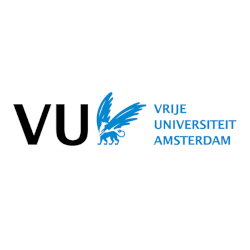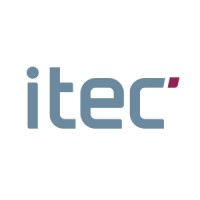About project ZORRO
ZORRO is a research project funded by NWO and carried out by a multidisciplinary consortium consisting of University of Twente, Vrije Universiteit, Saxion, TNO-ESI and industrial partners ASML, Canon Production Printers, ITEC, Philips, and ThermoFisher Scientific.
Diagnostics is a key technique to reduce downtime in complex systems: by identifying the root causes of (potential or actual) system failures, appropriate corrective and preventive measures can be taken. Recent technological advances in sensor technology, data analytics and the Internet-of-things have put forward Intelligent Diagnostics, replacing the traditional human-based diagnosis: by equipping systems with appropriate sensors, AI algorithms can detect anomalies and relate these to potential root causes more precisely and faster.
Project Objectives
While Intelligent Diagnostics have shown successes on small components, ZORRO aims to scale up this technology to tackle the sheer complexity of cyber-physical systems (CPS). ZORRO’s focus is on four major challenges that hindered Intelligent Diagnostics for CPSs thus far:
- Reliable and resource-efficient monitoring systems, demanding smart combinations of process sensors and diagnostic sensors; on edge and off-edge computing; and virtual sensing.
- Incorporating formalised knowledge in the diagnostic workflow. Current diagnostic technology requires numerous manual steps and relies heavily on tacit knowledge, which is time-consuming and error prone. Key challenge is enriching diagnostic systems with formalised knowledge.
- Accurate system-level diagnostic algorithms. Current diagnostic solutions work for components. To handle complex CPS, these algorithms must relate high-level performance characteristics to low level diagnostic information, understanding how failure mechanisms interact and propagate through the system.
- Tight integration in the system’s engineering life cycle. Few methods exist to co-develop diagnostic systems with the system they diagnose, making current solutions difficult to maintain and adapt to future needs.
Updates
Our partners










